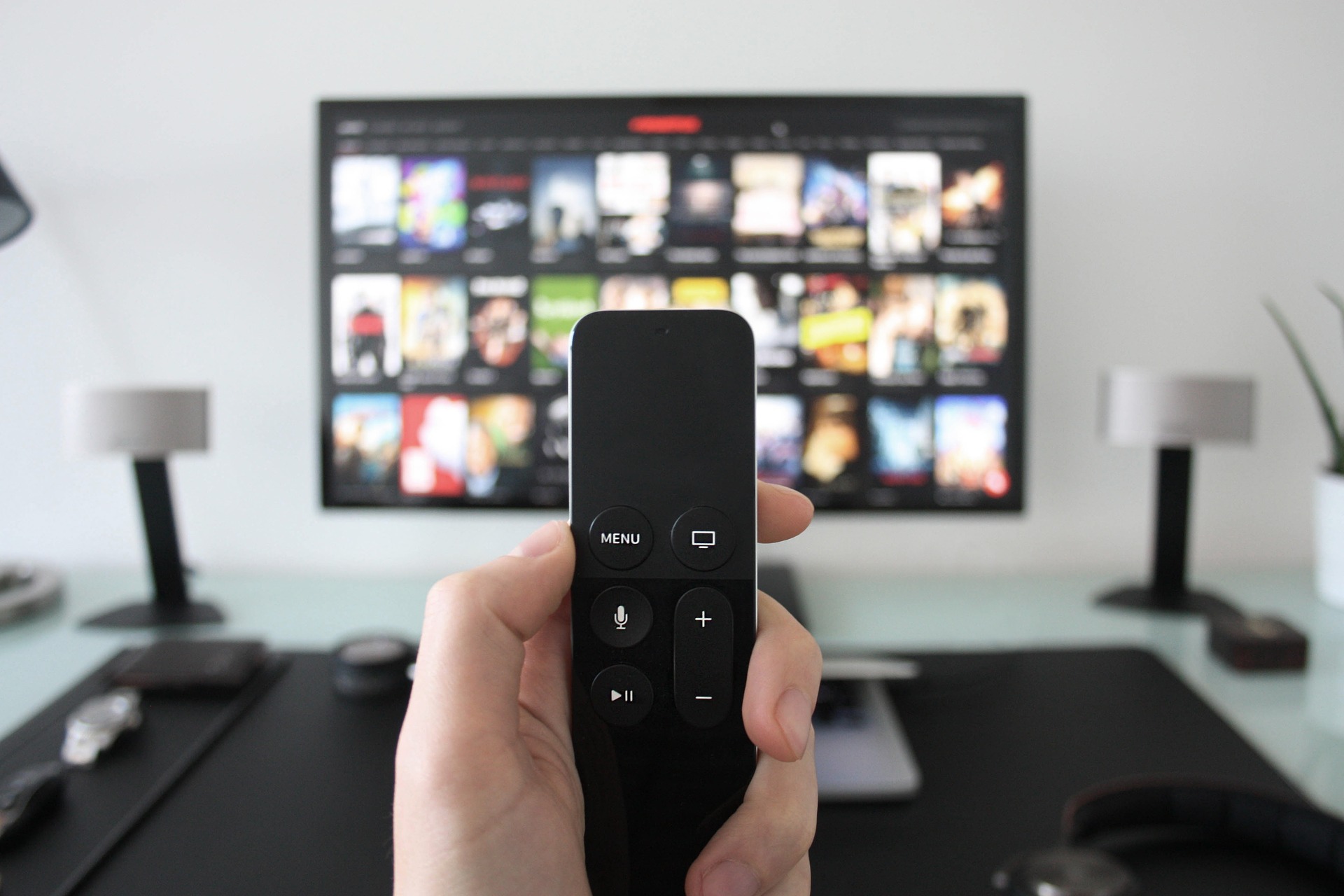From 1.0 to 3.0: What’s Next for ATSC?
After a slow start in 2020, developments so far in 2021 are showing promise

ATSC 1.0 was the status quo of digital TV signal broadcasting for more than 20 years, helping to pave the way for high-definition video quality and the next level in audio clarity.
But all technologies have a shelf life, and a lot has moved on since then. The year 2020 marked a seismic shift in the broadcast industry as the long-anticipated rollout of ATSC 3.0 began across markets in the United States. Billed as “NextGen TV,” it brings the promise of 4K UHD, HDR picture quality and Dolby Atmos to live TV channels. As we approach the halfway point of 2021, where are we now with this growing technology, and where do the opportunities and challenges lie for broadcasters?
Providing Value in an Online World
With many broadcasters in the last year focusing on consolidation due to Covid-19, 2020 proved to be a slow start for ATSC 3.0.
However, developments so far in 2021 are showing promise. There are 60 planned implementations of the technology across key locations in the U.S. as the rollout gains pace. Of the main benefits presented to broadcasters, innovations such as 4K picture quality and audio advances such as Dolby Atmos have already been clearly documented. But while these developments present clear benefits to user experiences, broadcasters also need to keep pace with internet-based advances such as 5G and offer similar services that match consumer demand or fill a gap in the market.
Innovations in digital TV broadcasting will be crucial to matching the expectations of younger people, who have become accustomed to OTT platforms such as Netflix, with ATSC 3.0 helping to bring that digital TV experience into the 21st century. Another key benefit of ATSC 3.0 is that it enables broadcasters to offer high-quality learning experiences to viewers at home, something which has come to the fore in the last 12 months with the impacts of Covid and remote learning being felt across the US. While it’s unclear what remote learning will look like in the future, broadcasters will find it crucial to continue to adapt and be agile in their offerings.
New Monetization Opportunities
The roadblocks presented by the pandemic have no doubt had an impact on the level of adoption of ATSC 3.0, with many concerned about costs and infrastructure requirements. Others faced a financial hit due to the reduction of advertising revenues in 2020, which was unprecedented in the modern era. A lack of compatible devices has also been an issue in the past, but with uptake now growing, and more viewers buying modern TVs with ATSC 3.0 tuners, the industry has reached a turning point. As the potential market grows, the benefits for broadcasters to use this technology will start to outweigh the challenges, and one opportunity that holds promise is targeted advertising.
ATSC 3.0 offers broadcasters the toolkit to target adverts to specific regions. A jewelry store looking to promote its products to its local area can for example focus purely on those that live nearby and are most likely to drive to the store to complete a transaction. With traditional forms of advertising increasingly being replaced by more targeted methods, such as personalized ads delivered via social media and OTT platforms, ATSC 3.0 will provide another way for digital TV broadcasters to compete, opening up exciting opportunities for local advertising revenue streams.
The professional video industry's #1 source for news, trends and product and tech information. Sign up below.
Targeted advertising is just one of the tools that many broadcasters haven’t really witnessed and understood yet, but we can expect this to change in the coming years as the opportunities for monetization become more widespread.
From Traditional to Personalized TV
ATSC 3.0 will ultimately transform traditional TV into a more rewarding and personalized experience for the viewer, whether it’s via increased picture quality, targeted advertising, or the other innovations that will no doubt come into play in the coming years. The broadcast industry is going through a major shift, spurred on by the impact of the pandemic, and ATSC 3.0 will undoubtedly play a crucial role in that transformation, particularly as video consumption continues to increase and viewers look for convenience in consuming content.
A great example of what the technology could provide in the future is the growth of OTT platforms such as Netflix and other streaming services, which have expanded rapidly over the last ten years. Those that dare to be innovative can make a tangible difference to the broadcast market, and it won’t be long before we see pioneers using ATSC 3.0 to do so. What comes next for ATSC will be defined by the ambition and innovation of those looking to harness its potential as adoption grows.
Dave Brass is VP NA Strategy & Market Development at ATEME.
Dave Brass is VP NA Strategy & Market Development at ATEME
